I recently visited Stowe, an expansive landscaped parkland located in Buckinghamshire, England. Stowe is a National Trust property, and dates from the 1700s. It was created by Viscount Cobham who had the idea to create the gardens in a Grecian style with walks named after paths of life, such as vice, virtue and liberty. The landscaped gardens are filled with sculptures, buildings and surprise views.
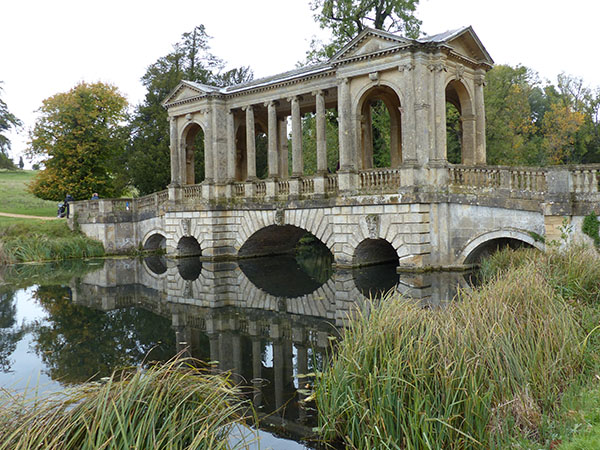
Stowe was named after the village that used to exist here and which was gradually absorbed by the landscape gardens. The house dates from the early 1600s, and the landscaped gardens increased in size over the years and consumed further land. In 1713, the gardens were landscaped further with tree-lined avenues and ponds; the garden designers experimented a lot of styles with the gardens here. The gardens here are also famous as they were the first gardens that designer Lancelot "Capability" Brown worked on and gained experience from before going on to design many other gardens in the country.
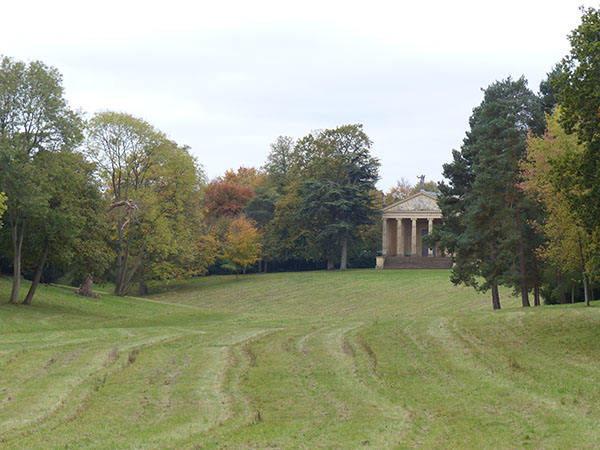
Stowe declined in the 1830s. A visit by Queen Victoria put the estate more into debt, and it lost money, which resulted in much of the land being repurposed for pasture. Eventually, the owners died and the house was passed on and unloved and kept empty. Eventually, it became the property of the Stowe School, and they sold the gardens to the National Trust. Many of the statues had previously been removed and sold.

The National Trust has been working for the past thirty years (since 1989) to repair the landscaped gardens and continue to maintain them for generations to come.
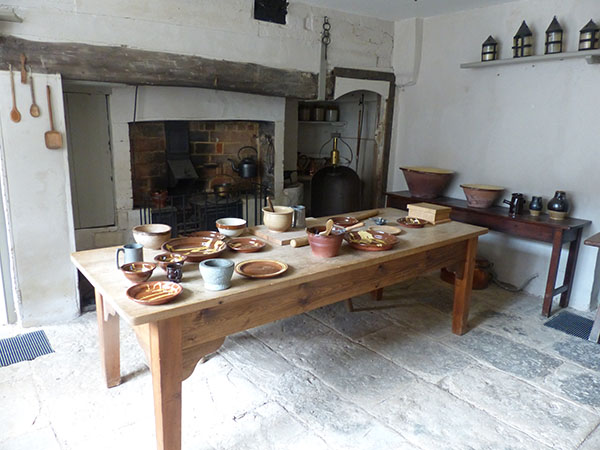
On entering Stowe, visitors can see New Inn. New Inn is a throwback to the grounds being a popular visiting place in the 1700s; it is a coaching inn and has been set up for the period.

The walk through from New Inn to the grounds is over five minutes down a tree-lined road. Visitors have a choice of the walks described previously, and many small buildings, temples, and statues are located around the grounds. Each offers a glimpse and gives a picturesque view of the grounds, which have started to change into autumnal colour.
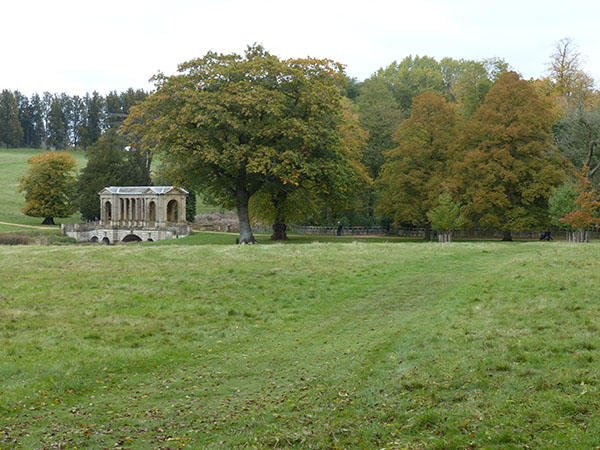
Palladian Bridge
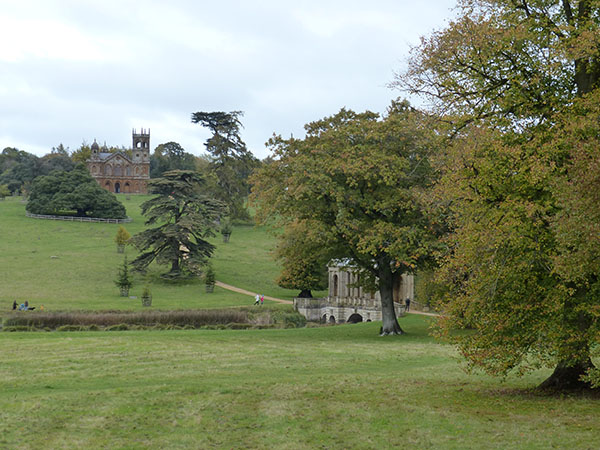
Palladian Bridge and Gothic Temple
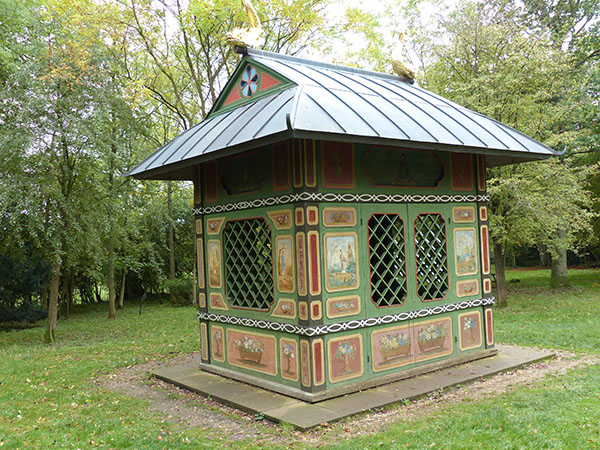
Chinese House
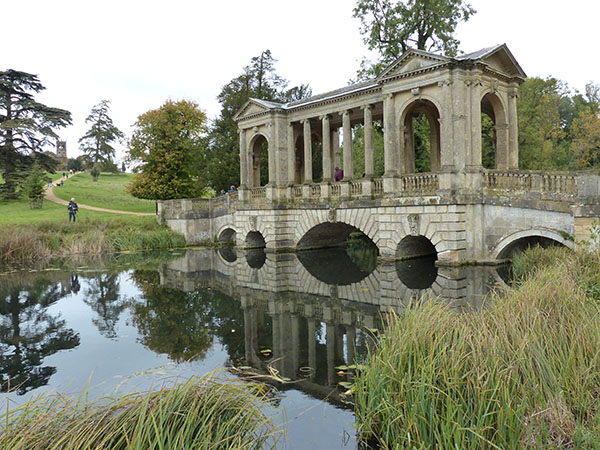
Palladian Bridge
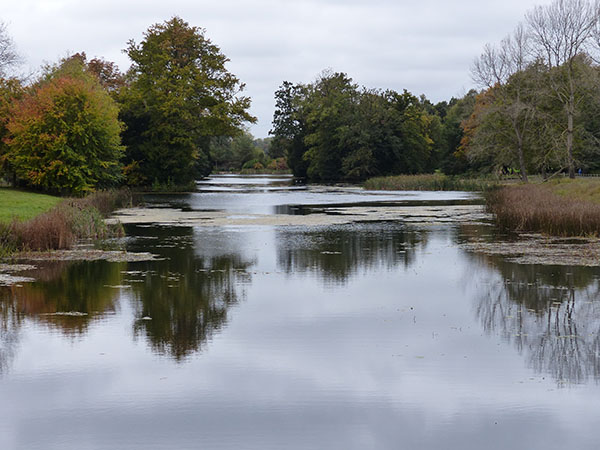
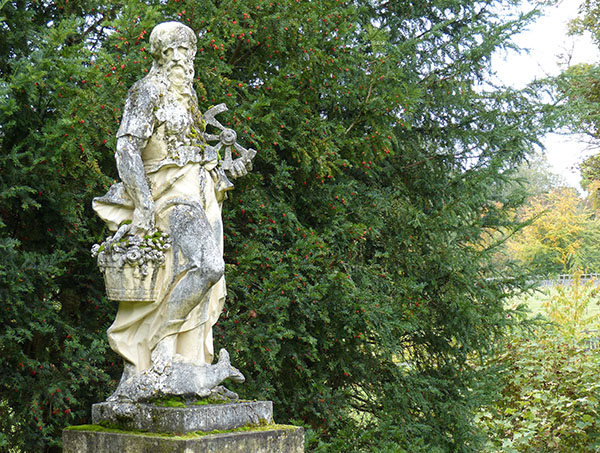
One of the statues at Saxon Deities
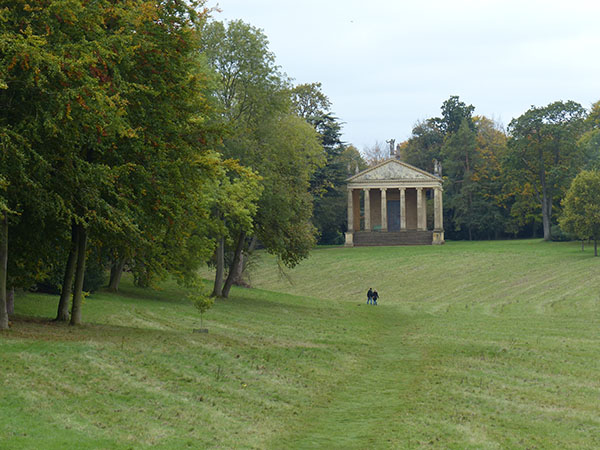
Queen's Temple
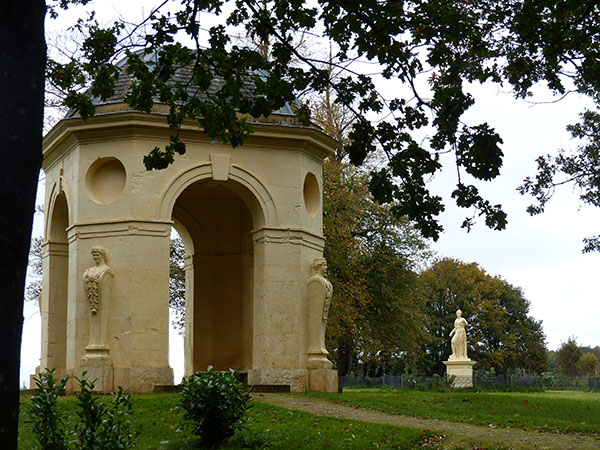
Fane and Muse of Pastoral Poetry
The Grecian theme of the gardens was created by Cobham who wanted an idyllic Arcadian (mimic the idealised Greek countryside with shepherds and farm labourers) area. Each of the statues represents an aspect of life, such as his political life and the virtues and vices. Poetry also plays an important part here with poetry workshops held and the pastoral ideal. The circle of statues is from "Under the Hawthorne Tree" and depicts the farm shepherds and a dancing faun.

Circle of the Dancing Faun

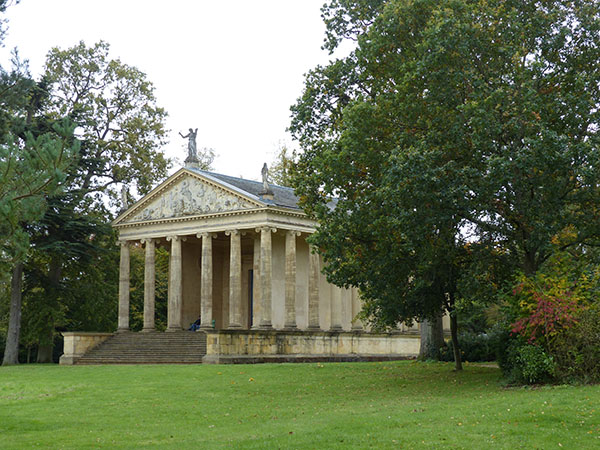
Temple of Concord and Victory

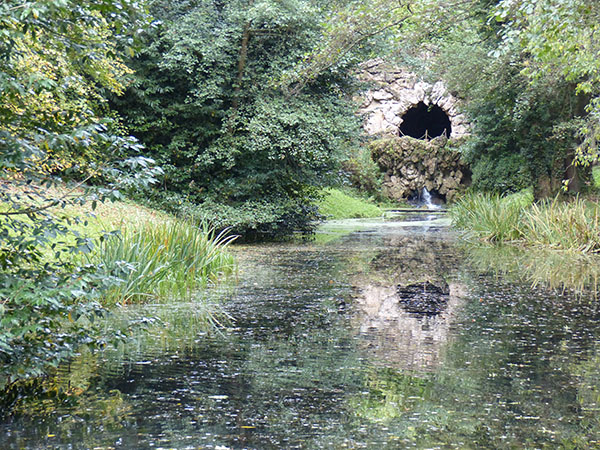
Grotto

Captain Cook's Monument
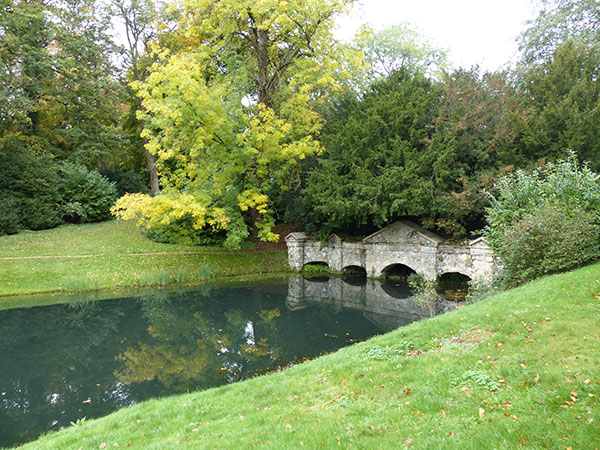
Shell Bridge
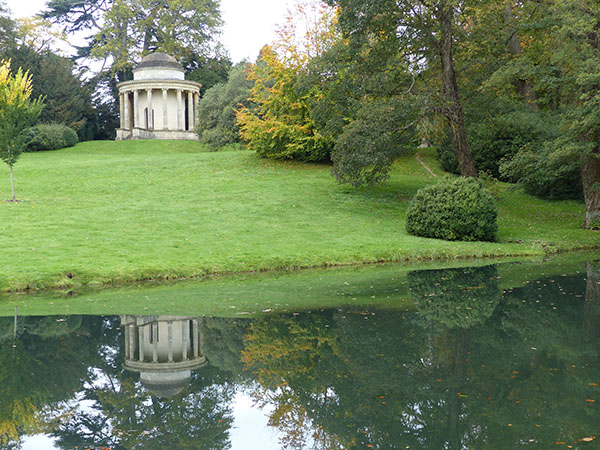
Temple of Ancient Virtue
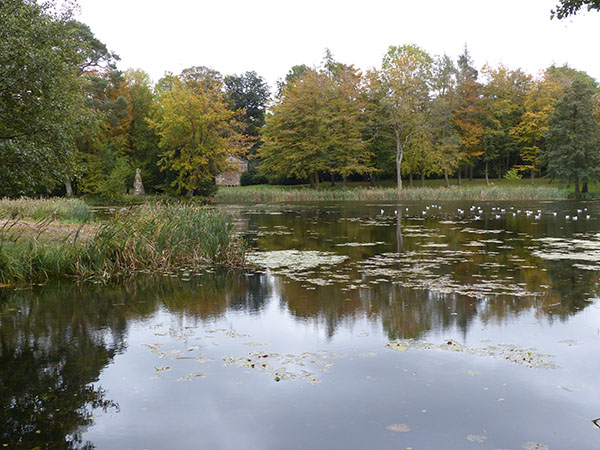
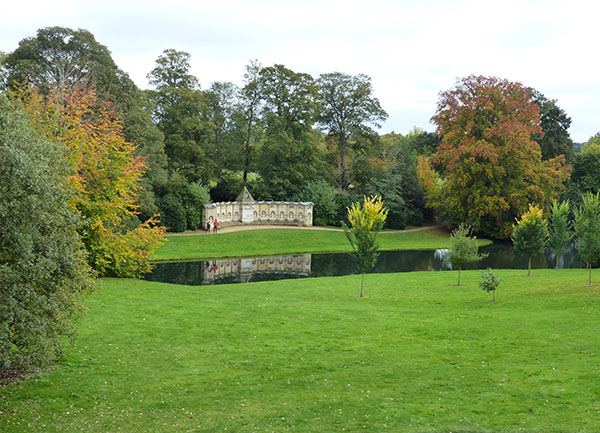
Temple of British Worthies
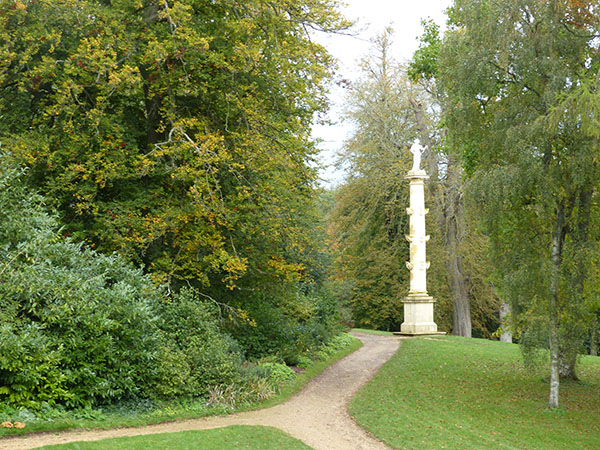
Captain Grenville's Column
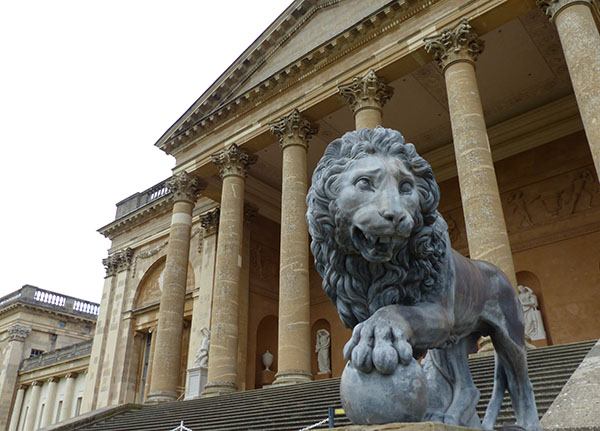
Stowe House
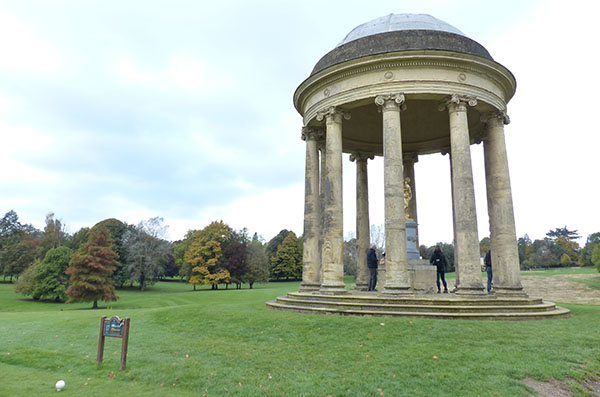
Rotunda

Western Lake Pavilion
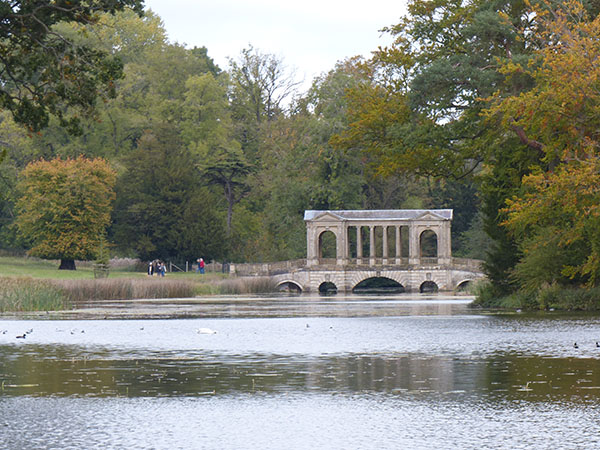
Palladian Bridge
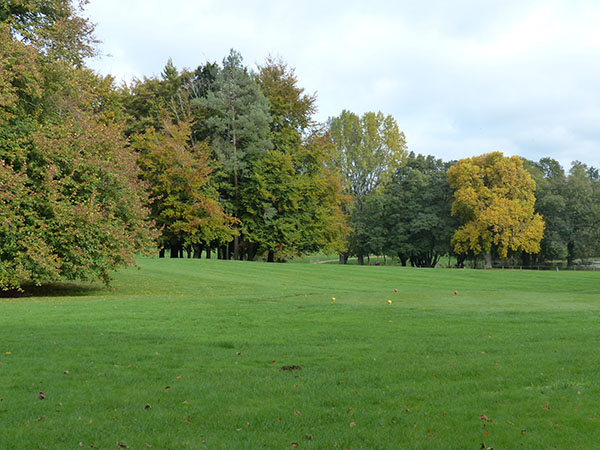

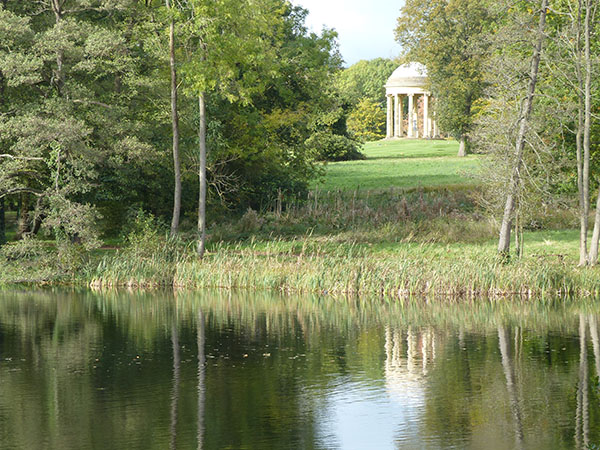
Rotunda
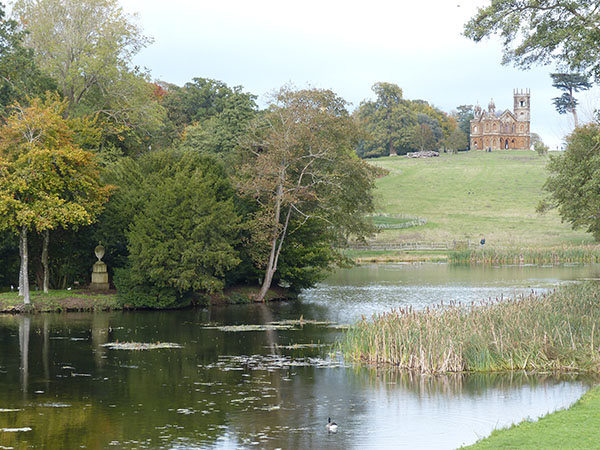
Gothic Temple

Stowe House
Stowe House can be viewed at an additional cost as it is not a National Trust property and owned by Stowe School.
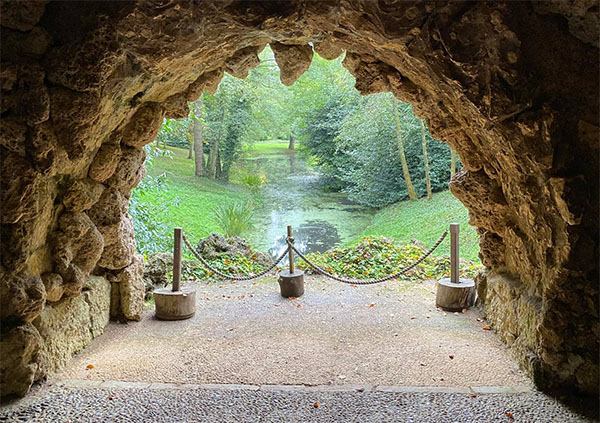
Grotto
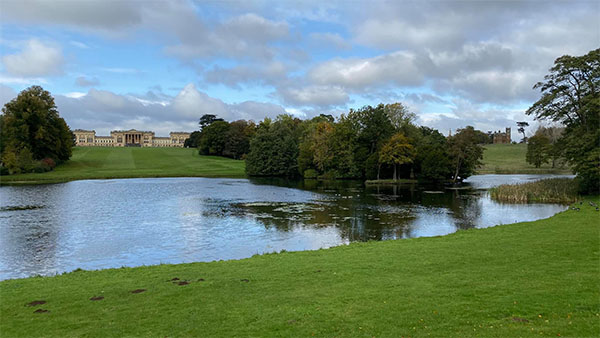
Stowe
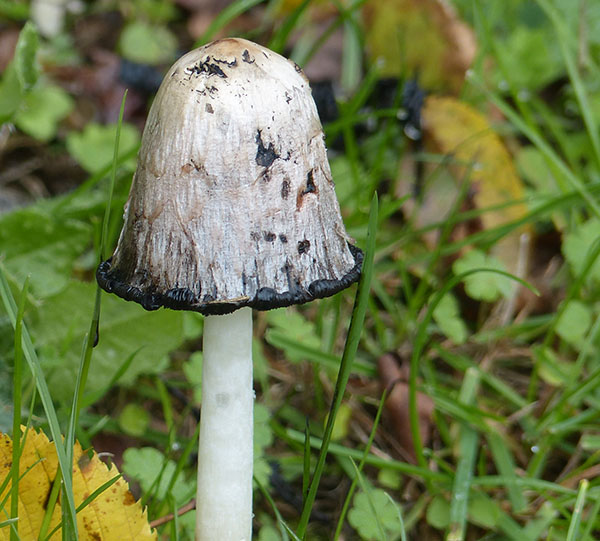
I enjoyed seeing the autumn colour at Stowe and enjoyed the walk around the grounds to see the views and statues and buildings. Have you ever been to Stowe?

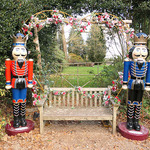
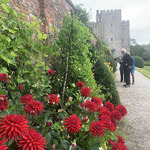
Leave a comment